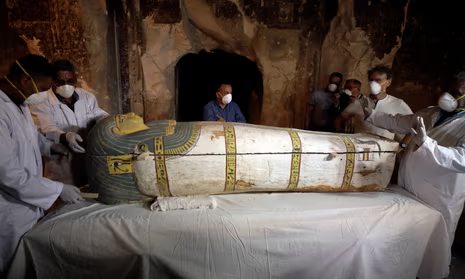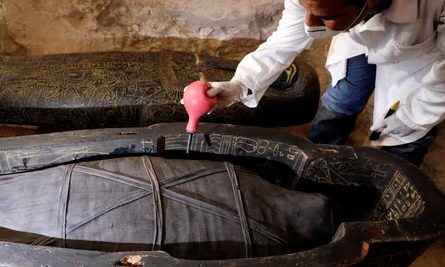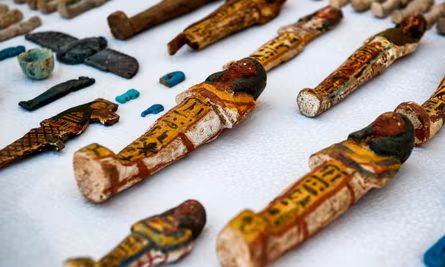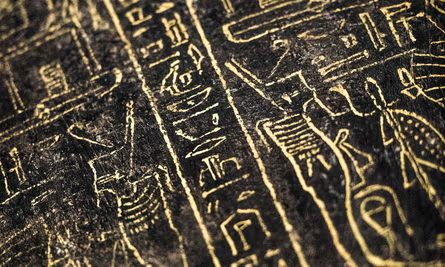In a momentous unveiling in the ancient city of Luxor, an exceptionally well-preserved mummy, resting within an unopened coffin dating back over 3,000 years, has been revealed to the world.

Discovered as part of a recent mission led by a French team in the Al-Assasif necropolis on the western bank of the Nile, this archaeological revelation provides a captivating glimpse into Egypt’s rich and enigmatic history.
The unveiling ceremony, conducted in the presence of international media, marked a significant event in the ongoing exploration of the Al-Assasif necropolis.
The tomb, containing two sarcophagi, held a treasure trove of antiquities, including statues, figures, and approximately 1,000 funerary figurines known as ushabtis. The intricate details of these artifacts offer a window into the spiritual beliefs and burial practices of ancient Egyptian nobility.

One of the key discoveries within the necropolis was the unopened sarcophagus that cradled the remarkably well-preserved mummy of a woman named Thuya.
This unveiling, the first of its kind before an international audience, allowed experts to closely examine the contents of the sarcophagus, shedding light on the mummification techniques and burial customs of ancient Egypt.

The tomb, belonging to Thaw-Irkhet-If, the mummification supervisor at the Temple of Mut in Karnak, is a testament to the meticulous care taken in preserving the deceased during the Middle Kingdom, nearly 4,000 years ago. While the tomb originated during this ancient era, it was repurposed during the late period, showcasing the cultural continuity and reverence for ancestral practices over the centuries.
The archaeological mission faced substantial challenges, including the removal of 300 meters of debris over a five-month period to unveil the tomb.

The endeavor brought to light a colored ceiling adorned with paintings portraying the tomb’s owner and family. This visual narrative provides valuable insights into the life, status, and familial connections of Thaw-Irkhet-If, enriching our understanding of this bygone epoch.
These recent discoveries are part of Egypt’s broader strategy to spotlight its archaeological treasures and rekindle global interest in its historical wonders. The nation, renowned for its pharaonic temples and pyramids, aims to revive tourism—a sector that witnessed a decline following the political upheaval in 2011.

In a year marked by multiple ancient revelations, Egypt continues to share its cultural heritage with the world, hoping to captivate the imaginations of travelers and scholars alike.
The unveiling of Thuya’s mummy and the treasures within the Al-Assasif necropolis serves as a poignant reminder of the enduring allure of Egypt’s past, inviting us to explore the mysteries that lie buried beneath the sands of time.





